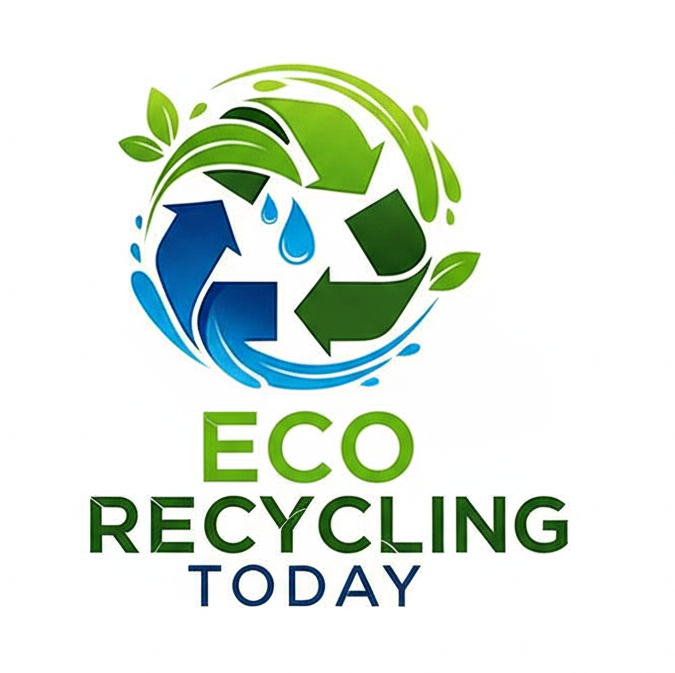Hydroforming is a powerful forming process commonly associated with metals—but it's also gaining traction in plastic manufacturing, particularly for hollow or complex-shaped components. As industries evolve, so does the need for proper waste management, making hydroforming plastic recycling a critical topic for manufacturers and sustainability advocates alike.
In this guide, we’ll explain how hydroformed plastics are recycled, practical solutions for building a sustainable plastic lifecycle.
What Is Hydroforming in Plastics?
In plastic manufacturing, hydroforming involves using high-pressure fluid (often water) to press heated thermoplastic sheets or tubes into a mold. This process allows for the creation of lightweight, high-strength parts with minimal seams and complex geometries.
Commonly hydroformed plastics include:
- Polyethylene (PE)
- Polypropylene (PP)
- Polycarbonate (PC)
- Nylon (PA)
- Thermoplastic elastomers (TPE)
Industries using hydroformed plastic parts include:
- Automotive
- Aerospace
- Medical
- Consumer products
Hydroforming Plastic Recycling Process
Recycling hydroformed plastic follows a systematic approach that ensures quality, safety, and reusability of the recovered material:
1. Collection & Sorting
Hydroformed waste is collected from manufacturing lines or post-use recovery. Sorting is done by resin type (e.g., PE, PP, PA) since mixing different polymers reduces recyclability.
2. Cleaning
Depending on the application, hydroformed plastic may contain:
- Lubricants or forming agents
- Paint or coatings
- Dust and production debris
Cleaning ensures contaminants are removed, which is crucial for high-grade recycling output.
3. Shredding or Grinding
Clean plastic parts are mechanically shredded into flakes or ground into smaller particles. This increases surface area for efficient melting or chemical processing.
4. Melting & Extrusion
The ground plastic is melted using temperature-controlled extruders. Proper melting ensures that the polymer’s structure isn't degraded.
5. Pelletizing
The extruded plastic is cooled and chopped into uniform pellets, ready to be reused in injection molding, extrusion, or even repeat hydroforming applications.
6. Quality Control
Recycled hydroformed plastic is tested for:
- Melt Flow Index (MFI)
- Mechanical strength
- Clarity or color (if applicable)
- Contaminants
Only certified material is reused for critical components.
Best Practices for Hydroforming Waste Recycling
To maximize recovery and sustainability, manufacturers should:
Use Mono-Materials
Design parts using a single type of recyclable plastic (e.g., pure PP or HDPE).
Clean Before Disposal
Remove any process fluids or surface coatings before recycling.
Partner with Certified Recyclers
Choose recycling partners experienced in handling technical plastics and hydroforming waste.
Implement Closed-Loop Systems
Reclaim in-house hydroformed waste and reprocess it for internal use, reducing material costs and waste.
Applications of Recycled Hydroformed Plastic
Recycled hydroformed plastics can be used in:
- Automotive liners and panels
- Non-critical consumer goods
- Industrial containers and trays
- Prototyping or low-load structural components
In some cases, high-grade recycled materials can return to hydroforming processes, especially if internal reprocessing is used under quality-controlled conditions.
As hydroforming in plastics grows in popularity, so does the responsibility to manage waste sustainably. By following best practices and leveraging efficient hydroforming plastic recycling processes, manufacturers can reduce costs, meet environmental regulations, and contribute to a circular economy.
